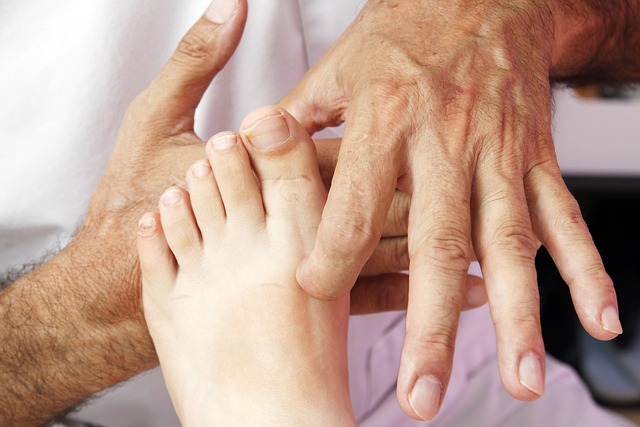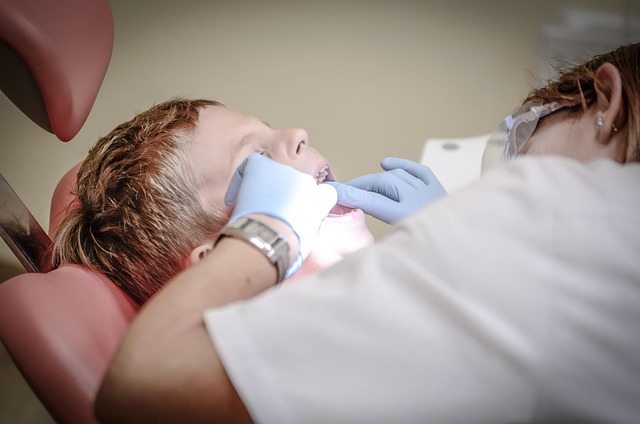Car accidents often lead to spine issues like whiplash, causing chronic pain and reduced quality of life. Long-term chiropractic rehabilitation is key to managing these injuries, preventing complications like disc herniation and spinal stenosis. Chiropractors use adjustments, exercises, and lifestyle modifications to improve alignment, reduce inflammation, and promote healing. Regular care, postural corrections, and dietary changes are essential for long-term spine health after car wrecks. Early intervention and consistent management significantly minimize the impact of these injuries.
Whiplash and spine injuries from car accidents can persist long after the initial impact, affecting daily life and overall well-being. This article explores effective strategies for managing these lingering issues, focusing on the role of long-term chiropractic rehabilitation after car wrecks. We delve into understanding the complexities of prolonged whiplash, discuss advanced chiropractic techniques for recovery, and provide practical tips to prevent future injuries, offering hope and guidance for those navigating this challenging journey towards healing.
- Understanding Long-Term Whiplash and Spine Injuries
- Chiropractic Rehabilitation Techniques for Prolonged Recovery
- Tips for Effective Management and Preventing Future Issues
Understanding Long-Term Whiplash and Spine Injuries

Long-term whiplash and spine issues are prevalent after car accidents, often leading to chronic pain and reduced quality of life. These injuries can result from the sudden, forceful movements and impacts experienced during a collision, causing soft tissue damage and misalignments in the spine. The term ‘whiplash’ specifically refers to neck injuries characterized by hyperflexion and hyperextension, which can cause strain or even tear muscles, ligaments, and nerves.
Chronic whiplash symptoms may include persistent neck pain, headaches, dizziness, and even upper extremity numbness or tingling. Long-term spine issues can result in degenerative changes, herniated discs, and spinal stenosis. Effective management of these injuries often requires a comprehensive long-term chiropractic rehabilitation approach after car wrecks. Chiropractors specialize in adjusting and mobilizing the spine to improve alignment and reduce pain, combined with therapeutic exercises and lifestyle modifications to enhance healing and prevent future injuries.
Chiropractic Rehabilitation Techniques for Prolonged Recovery

Chiropractic rehabilitation plays a pivotal role in managing long-term spine issues, often seen in individuals who have experienced whiplash from car accidents. After an initial assessment, chiropractors design personalized treatment plans that can include a variety of techniques to aid recovery. This may involve gentle adjustments to the spine to improve mobility and reduce pain, as well as targeted exercises to strengthen supporting muscles and increase flexibility.
For prolonged recovery, chiropractic rehabilitation after car wrecks often incorporates advanced modalities such as heat/cold therapy, electrical stimulation, and ultrasound to promote healing. Additionally, patients are typically advised on postural corrections and ergonomic modifications to prevent exacerbating their condition. This holistic approach aims not just to alleviate symptoms but also to empower individuals with the knowledge and tools necessary for maintaining long-term spine health.
Tips for Effective Management and Preventing Future Issues

Managing long-term whiplash and spine issues requires a holistic approach, especially after traumatic events like car wrecks. Long-term chiropractic rehabilitation plays a pivotal role in alleviating symptoms and restoring function. Regular adjustments and specialized treatments can help reduce inflammation, improve mobility, and strengthen muscles around the spine, all of which contribute to better pain management. Engaging in recommended exercises, maintaining good posture, and adhering to a healthy diet are also essential components of this process.
Preventing future issues involves both proactive care and lifestyle modifications. Patients should continue with prescribed chiropractic care even after symptoms subside. Additionally, incorporating regular stretching and strengthening exercises can enhance spinal stability and resilience. Avoiding prolonged sedentary periods and heavy lifting, along with adopting a balanced diet rich in vitamins and minerals, further supports long-term wellness. Early intervention and consistent management are key to minimizing the impact of whiplash and spine injuries sustained from car accidents.
Long-term whiplash and spine issues following a car wreck can significantly impact one’s life. By understanding these injuries and employing effective management strategies, individuals can enhance their quality of life. Chiropractic rehabilitation techniques offer a holistic approach to prolonged recovery, addressing both the physical and neurological aspects affected by such traumas. Implement the tips outlined in this article for better management and prevention, ensuring a more comfortable future despite these challenges. For those seeking optimal outcomes, long-term chiropractic rehabilitation after car wrecks can be a game-changer, fostering resilience and restoring mobility.














